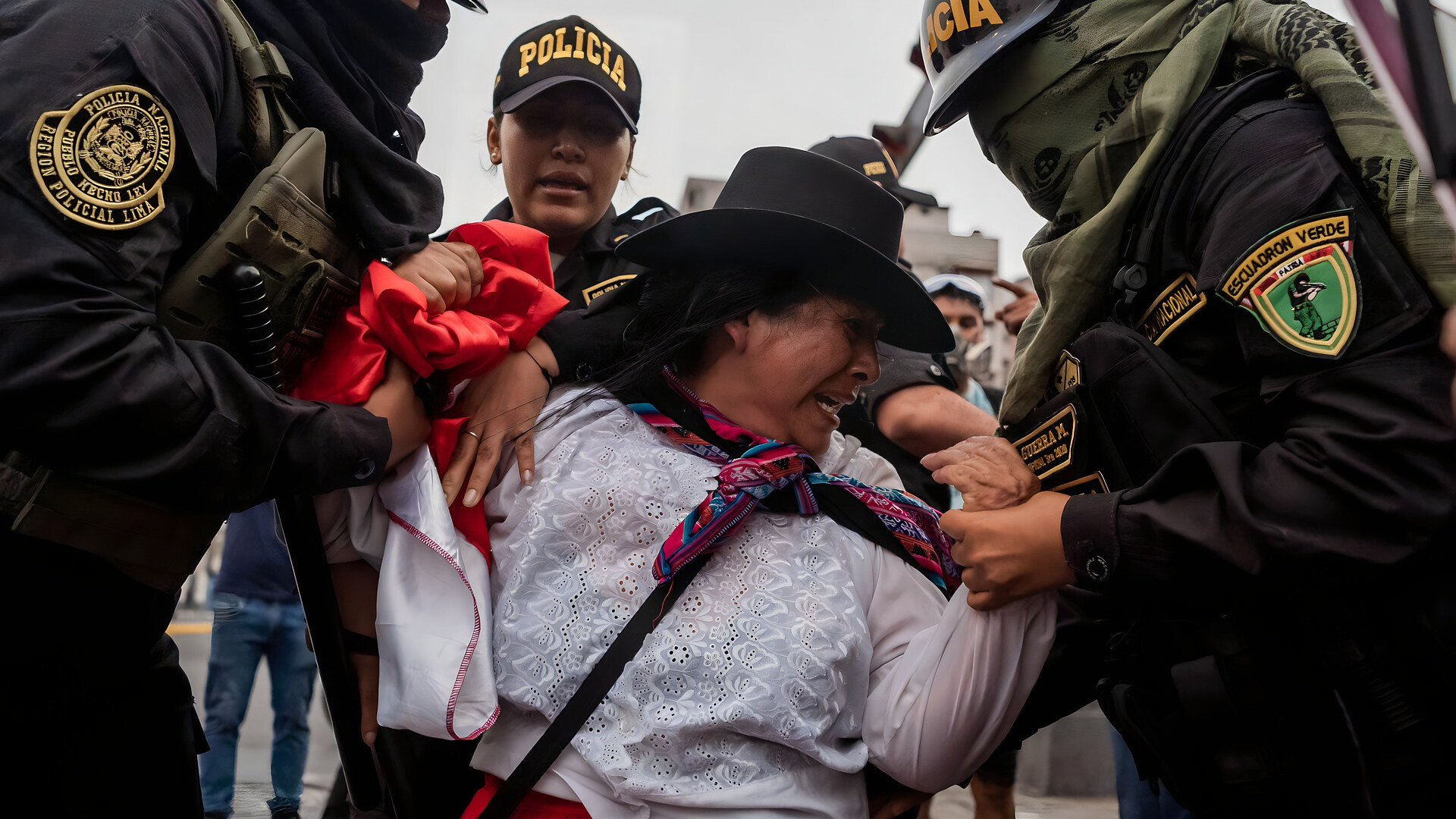Peru's problems continue
The country's political instability is finally starting to derail its solid economic growth...

Most investors were unbothered when Peru’s then president, Pedro Castillo, was arrested for trying to bypass Congress and rule by decree in December. Peru has had six presidents in the last five years, so the latest disruption appeared routine. Likewise, the mass protests that erupted when his successor and former vice president, Dina Boluarte, assumed power and – initially – said she would rule until scheduled elections in 2026, were nothing new in the country.
But the persistence and severity of the civil unrest, in which around 100 people have died, eventually spooked investors. Even more unsettling is the inability, or unwillingness, of Congress to resolve the issue. Boluarte finally agreed to bring elections forward to 2023 but Congress was unable to pass the legislation for this to happen. Peru’s Congress, which is venal even by Latin American standards, is split over different initiatives that would see elections in 2023 or 2024 or even rewrite the country’s constitution. In short, some lawmakers don’t want to lose their jobs while others are trying to exploit the crisis to achieve other political goals.
Political strain impacting economic growth
Until now Peru’s impressive economy, based on mining exports, value-added agriculture and a young, growing population has proved impervious to its political chaos. Yet the fallout from the failed Castillo coup suggests the country’s broken political system will undermine its economy. Tourist numbers have dropped following the closure of Machu Pichu, Peru’s chief attraction. Large mines, such as Las Bambas and Cerro Verde have reduced production because protests have caused a shortage of key inputs. Agricultural businesses have also been hit by the protests, with the country’s leading farming association estimating that $300million in exports have been lost since the disruption began in December.
As the Financial Times reports, the political uncertainty is already forcing international investors to reassess Peru. “Moody’s switched its outlook on Peru’s sovereign debt from stable to negative, though it affirmed the country’s investment grade rating. The agency said the sustained unrest would affect investor confidence, undermine growth, and complicate fiscal management. Economists have forecast that the economy could enter a recession in the final quarter of the year.”

Peru’s problems will also have global consequences. The country is the second-largest copper producer in the world and now protests have affected one third of its supply. That is equivalent to around 2.4 million tonnes a year, which is 11% of the world’s mined total. At time of going to print the unrest had calmed. However, with Congress unlikely to resolve the situation peacefully, the population will likely pressure the politicians with more unrest. Investors can expect Peru’s politics to undermine its economics for the rest of 2023. That is bad news for the country but could be good for copper exporters elsewhere.